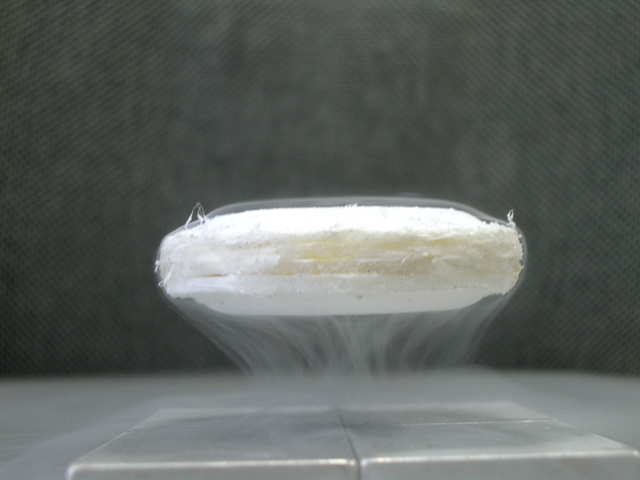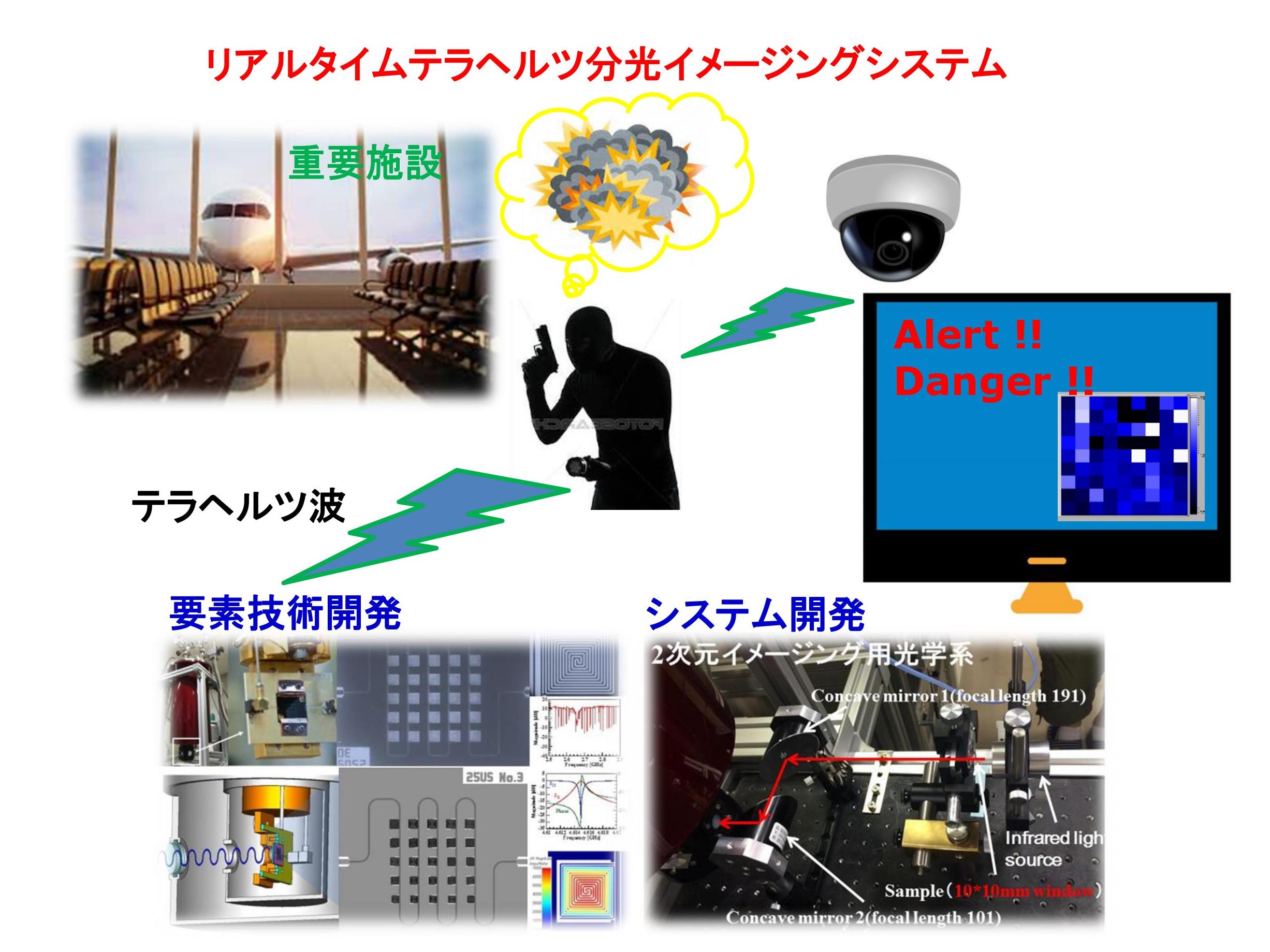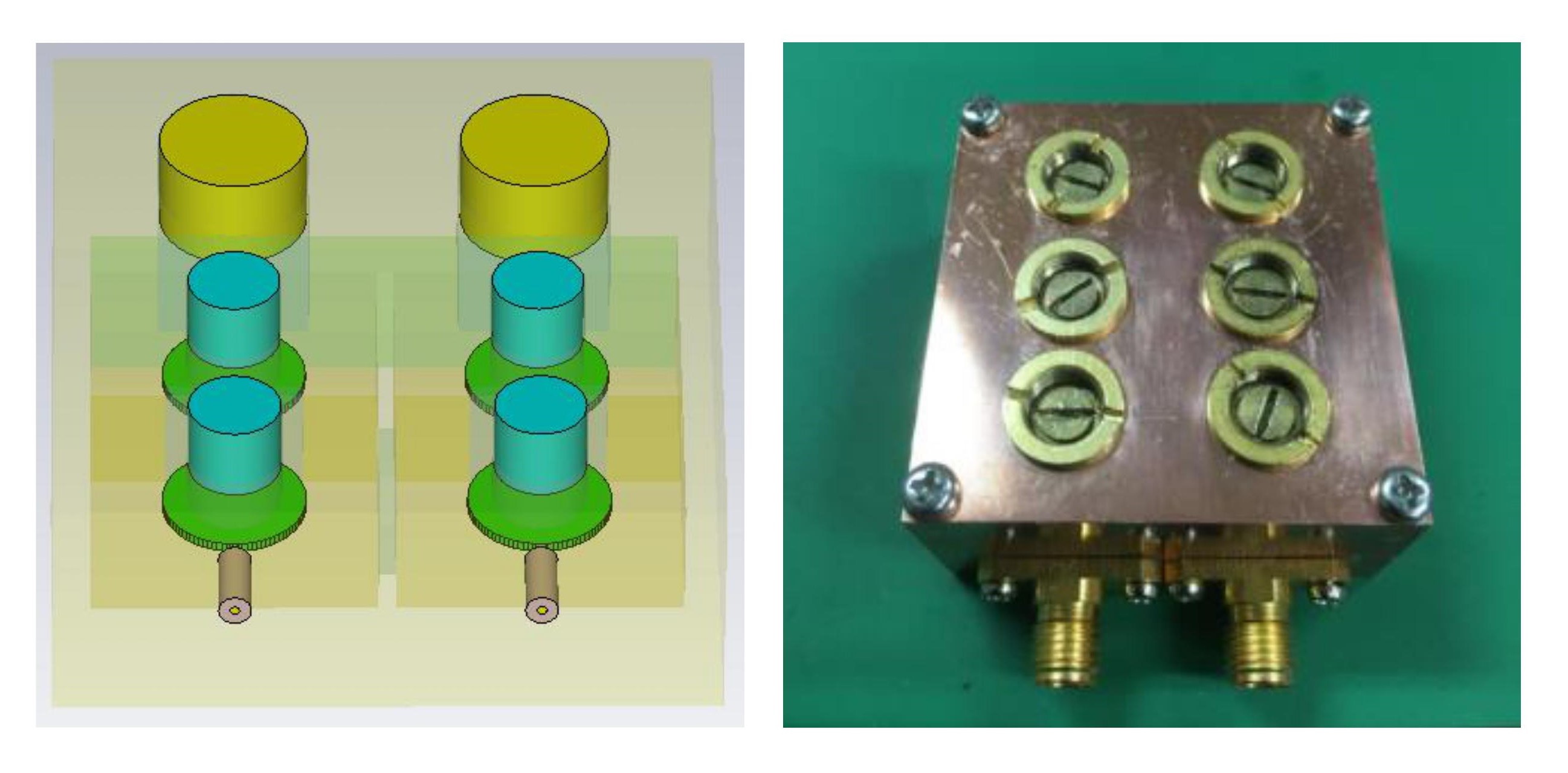







Home > Research > Research Overview > 2018 > Faculty of Engineering
Professor of Superconductive Electronics, Thin-Film Physical Properties, and Electronic Measurement
Atsushi Saito

▲When a superconductor is cooled and enters a superconductive state, it floats above a magnet (Meissner effect)
We conduct research on superconductivity. Superconductors possess the rare property of “zero electric resistance,” as well as other interesting properties such as perfect diamagnetism (Meissner effect), fishing effect, and the Josephson effect. By studying these superconductor properties, making thinner material films, and evaluating the performance of these films, we are conducting daily research to enable transmission of unprecedented new electronic devices to society.

▲Image of security systems using superconductive devices
Terahertz waves can permeate objects like light and proceed straight like radio waves. Since terahertz waves are harmless to the human body, they are being used in security applications for a safer society. We are working to develop superconductive devices which are capable of receiving terahertz waves with high sensitivity and then instantaneously converting the received terahertz waves into images. In the future, we hope to contribute to increased safety at important facilities which are used by a large number of people.

▲Example of our independently-developed superconductive filter. Analysis using 3D simulation (left) and an actually manufactured filter (right).
When using a smartphone, communication is performed within the frequency range used by the provider. A “filter” is a device which sorts those signals by frequency. By making filters from superconductors, it is possible to achieve ultra high-performance properties. This enables efficient use of limited frequency resources. Through these measures, we are developing devices with the goal of contributing to future society by improving large-capacity, high-speed communication, by increasing the ease of direct contact during emergencies, etc.